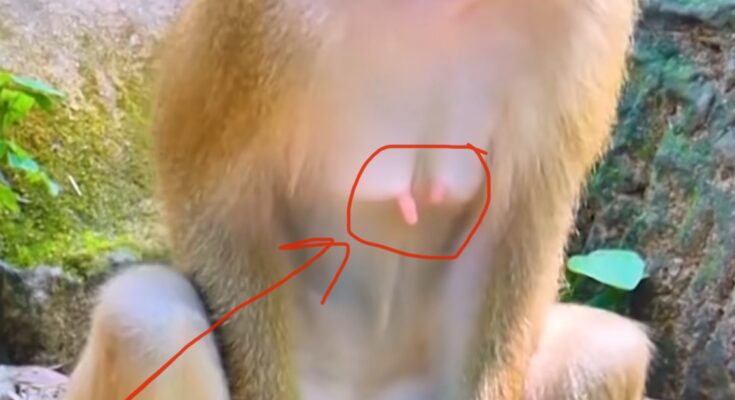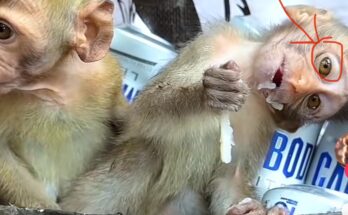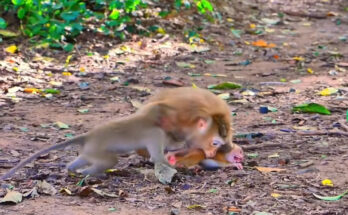The Male Monkey Has Reached Reproductive Age: A Fascinating Stage in Primate Life
The journey from playful youth to mature adulthood is a remarkable transformation in all animals, and for monkeys, this change is especially fascinating. When a male monkey reaches reproductive age, his behavior, body, and social role undergo dramatic shifts that shape his place within the troop and the future of his species.
Understanding Reproductive Maturity in Male Monkeys
Reproductive age in male monkeys typically begins when they reach puberty — the point at which they are capable of producing viable sperm and can participate in mating. The exact age varies widely among species. For example, smaller monkeys like marmosets and tamarins may reach sexual maturity as early as 12 to 18 months, while larger species such as macaques or baboons may take four to six years.
This stage is marked by hormonal changes, particularly the rise of testosterone, which influences both physical development and behavior. Males begin to grow stronger, more muscular, and sometimes develop secondary sexual characteristics — like the bright facial coloring in mandrills or the enlarged canine teeth seen in baboons.
Behavioral Changes: From Playful Youth to Dominant Adult
As male monkeys mature, their behavior shifts dramatically. Younger males are often playful and social, but as they approach adulthood, they start displaying more dominant and competitive behaviors. This transition is essential for their eventual role in the troop’s hierarchy.
In many species, competition for mating rights is intense. Dominant males may fight or display aggression to establish their rank, which determines their access to females during the breeding season. For instance, in macaque groups, high-ranking males often have more reproductive success, while lower-ranking males must rely on stealth or social alliances to find mating opportunities.
The Role of Social Hierarchy
Social structure plays a critical role in a male monkey’s reproductive journey. In some species, such as howler monkeys, dominant males control a harem of females, guarding them from rivals. In others, like chimpanzees, complex alliances and social intelligence determine mating success more than brute strength alone.
Reaching reproductive age doesn’t automatically guarantee mating success. Many young males spend years learning the social dynamics of their group before they are strong or clever enough to secure a mate.
Evolutionary Importance and Conservation Insight
From an evolutionary perspective, a male monkey’s journey to reproductive maturity ensures the continuation of genetic diversity. The strongest, healthiest, and most adaptable males are more likely to reproduce, passing on their traits to the next generation.
For researchers and conservationists, studying when and how male monkeys reach reproductive age provides valuable insight into population dynamics and breeding programs. In captivity or protected reserves, understanding these patterns helps maintain healthy genetic variation and stable populations.
Conclusion
The moment a male monkey reaches reproductive age marks a powerful transition — from a carefree juvenile to an adult with responsibilities and challenges. It is a stage filled with competition, growth, and transformation. In the wild, this natural process not only shapes individual lives but also maintains the balance and survival of entire monkey communities.



